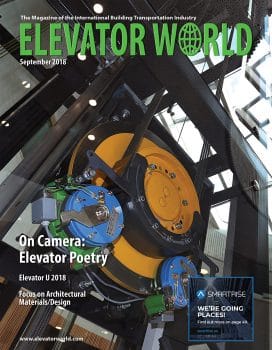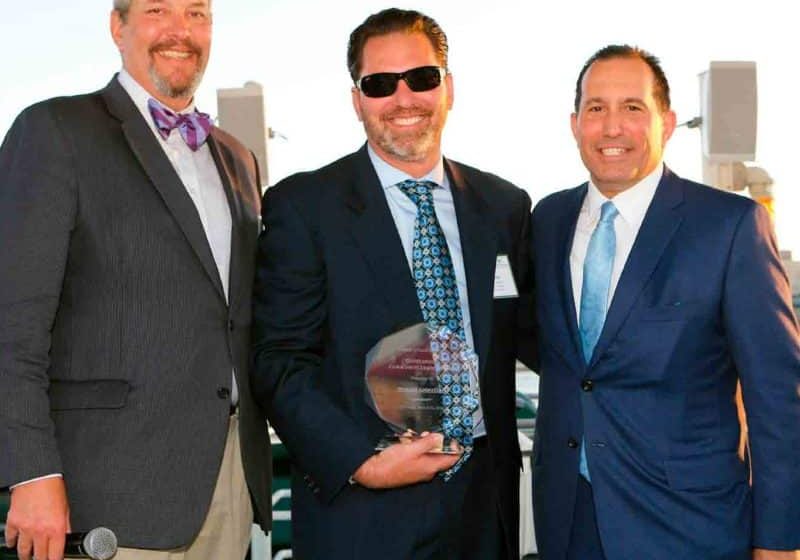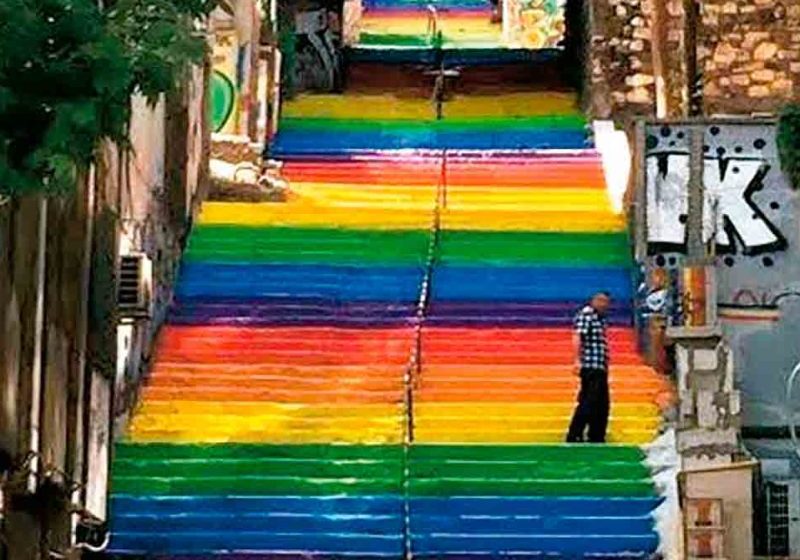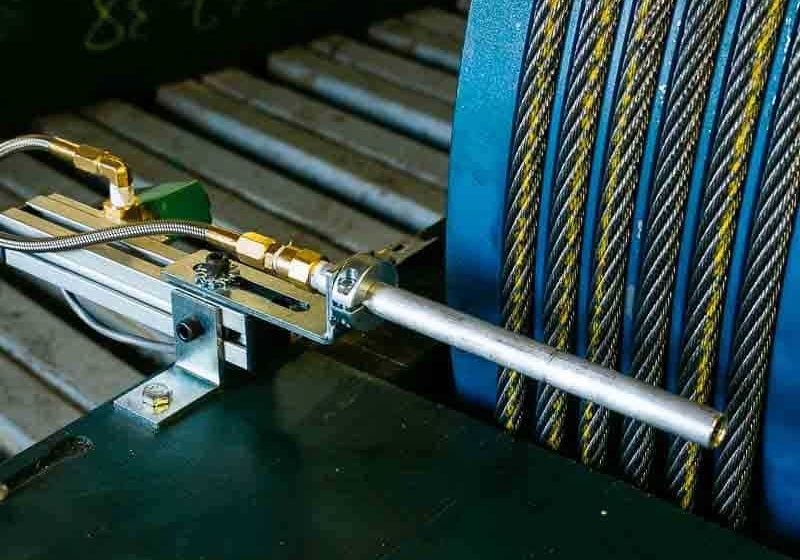The 2018 CTBUH Tall + Urban Innovation Conference
Sep 1, 2018
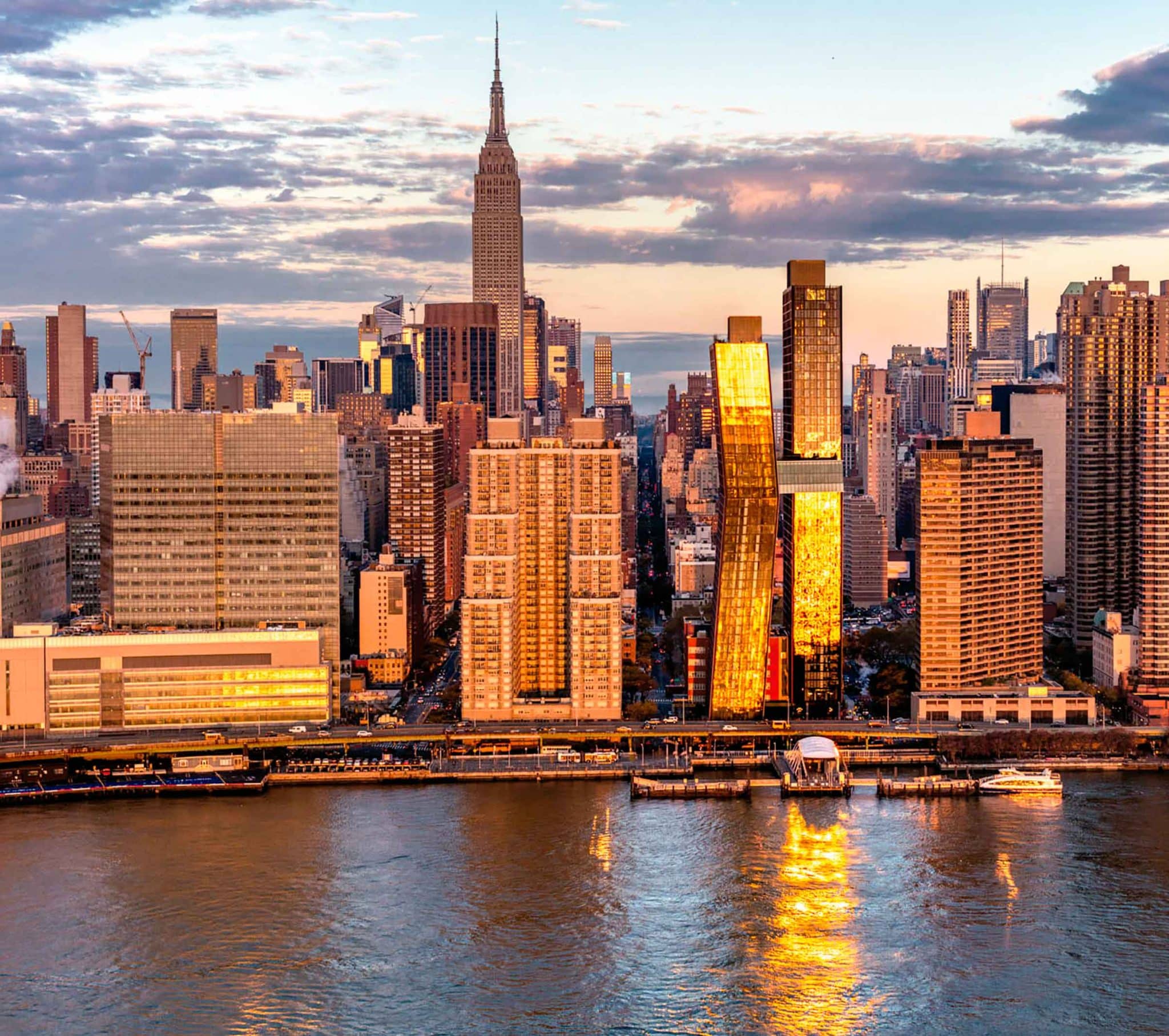
Two-day conference at IIT sees success in simpler format.
A contemporary trend — of books, articles, presentations and conferences — is the long, two-part title. A recent conference hosted by the Council on Tall Buildings and Urban Habitat (CTBUH) in Chicago on May 30-31 exemplifies this trend. The event was the “2018 CTBUH Tall + Urban Innovation Conference: Featuring the CTBUH 2018 Awards.” In this case, the two-part title was likely thought to be necessary, because this event marked the transformation of the organization’s annual one-day Awards Symposium & Ceremony into an expanded, two-day conference. The CTBUH annual awards event, which began in 2002, has undergone several transformations during its 16-year history. From 2002 to 2005, the event consisted of a dinner and awards ceremony, occurring in New York City (NYC) (2002 and 2005) and Chicago (2003 and 2004). In 2006, the awards event was included as part of a two-day conference at the Illinois Institute of Technology (IIT):
“Thinking Outside the Box: Tapered, Tilted, Twisting Towers.” Despite the conference’s success, the event returned to its previous, simpler format for the next three years and was hosted by IIT. In 2010, an afternoon “Awards Symposium” (with two sessions) was added. This format was repeated in 2011. The following year, the symposium expanded to include a morning session. This structure remained essentially unchanged through 2016 (the only change being a shift from three to four presentations per session, which occurred in 2013). It is, perhaps, worth noting that, while registration was required, the symposium was free and open to the public; the only ticketed event was the evening dinner/ awards ceremony.
CTBUH chose not to hold its awards event in 2017 to allow for its reimagining into a two-day conference that would include more sessions and greater opportunities for attendees to hear presentations on the CTBUH awards finalists. The new format included (except for the opening session) two parallel sessions per time block, with a total of 13 sessions featuring 51 presentations. This reimagining coincided with the move away from a free public symposium to a more normative conference format (with registration fees, etc.), as well as a change in location. The event venue moved from the campus of IIT to the Aqua, a mixed- use tower that includes a hotel and conference facilities. (The building was a finalist in 2010 for Best Tall Building Americas.) While it features a distinctive exterior appearance, with curving white balconies juxtaposed against a rectangular glass tower, the interior, while well designed, offers little of interest for vertical-transportation (VT) enthusiasts.
This was not the case with the venue selected for the conference’s “VIP Networking Reception,” the adjacent Blue Cross-Blue Shield Tower. The building, designed by Goettsch Partners, Inc., was predicated on a two-part construction plan. Phase one consisted of a 33-story tower (completed in 1997), with the building’s structure designed to support a substantial future vertical extension. The “vertical completion project,” begun in 2006 and completed in 2010, added an additional 24 stories without significantly disrupting the fully occupied lower portion during the construction process. The building, which received an ELEVATOR WORLD 2012 Project of the Year Award in the category “Elevators, New Construction,” features elevators and escalators supplied by Mitsubishi Electric (EW, January 2012). The design includes a multistory elevator lobby/atrium space with open hoistways that provide dramatic views of the elegantly designed cars and counterweights rising and falling.
One measure of the CTBUH’s success in moving from a one-day free symposium to a two-day conference is, of course, attendance. The conference guide included a series of infographics that highlighted the makeup of the 410 attendees (described as “delegates”) registered by the cutoff date of May 4. In fact, the final count was 649 delegates, who represented 256 companies from 28 countries. Clearly, the decision to change the event format and venue proved to be very popular. The final version of the conference infographics revealed that the event attracted a broad range of participants from all arenas of building production. A corporate listing from CTBUH and the provision of the VIP Networking Reception speak to one of the primary purposes of these events: they provide a critical venue for a variety of business-related conversations, interactions and information sharing. The latter function is also served more broadly by the conference presentations in that they typically effectively provide information on a given building or system.
The awards event’s core intellectual content has been distributed in book form since 2008, and 2018 marked the launch of a new series. The original series featured two title variations, each of which incorporated the award’s year in the title. Between 2008 and 2012, the title followed the format Best Tall Buildings 2008:
CTBUH International Award Winning Projects. In 2013, the format changed to Best Tall Buildings: A Global Overview of 2013 Skyscrapers. The first book in new series is titled TALL Buildings + URBAN Habitat: Volume 1. The book’s connection to the awards program is discretely acknowledged inside (opposite the copyright page): “The projects profiled in this book are those submitted to the Council on Tall Buildings and Urban Habitat’s 2018 Global Awards program.” Thus, while the series’ new title accurately reflects CTBUH’s continued efforts to provide a balanced emphasis on tall-building design and the respective urban habitats, its contents and organization follow the pattern established by the original series, providing readers with informational summaries on the finalists in each category and very brief summaries of all nominees in a given category.
The new conference format also resulted in a change in the “Best Tall Building Award” process. In the past, the finalists for consideration for “Best Tall Building Worldwide” were selected prior to the awards symposium. The new format gave delegates the opportunity to attend presentations on each of the finalists in the four geographic areas identified by CTBUH: “Americas,” “Asia & Australasia,” “Europe” and the “Middle East & Africa.” The winner in each category was announced at the awards dinner, with this group constituting the finalists for Best Tall Building Worldwide. The awards jury’s decisions were:
- Best Tall Building Americas: American Copper Building, NYC
- Best Tall Building Asia & Australasia: Oasia Hotel Downtown, Singapore
- Best Tall Building Europe: The Silo, Copenhagen, Denmark
- Best Tall Building Middle East & Africa: Zeitz MOCAA, Cape Town, South Africa
- Best Tall Building Worldwide: Oasia Hotel Downtown, Singapore
As always, the announcement prompted a lively discussion among the dinner guests. There was some good- natured grumbling that the hometown nominee for Best Tall Building Americas, 150 North Riverside in Chicago, lost to an NYC rival. The fact that two rehabilitated industrial silo complexes won their respective regions was also noted as a first, as was the fact that the Zeitz MOCAA was the first regional winner from Africa.
The Oasia Hotel Downtown was the second building with a living or plant-covered façade to win Best Tall Building Worldwide. (The first was Bosco Verticale in Milan, Italy, in 2015). The Oasia Hotel features a distinctive red aluminum mesh façade screen substantially covered by plants. The façade and associated project landscaping embrace more than 50 species of plants and trees and provide a unique urban habitat for wildlife and insects. In announcing the award, CTBUH Executive Director and Awards Juror Antony Wood noted:
“This project won not only because it incorporates 60 stories of green walls along the exterior, but because of its significant commitment to communal space. The tower has given over 40% of its volume to open-air communal terraces in the sky.”
The latter observation connects the design to a tall-building typology that, from a green-building perspective, has its origins in the Commerzbank Tower in Frankfurt, Germany, by Foster + Partners (completed in 1997), as well as in an earlier formal precedent found in the National Commerce Bank in Jeddah, Saudi Arabia, by Skidmore, Owings & Merrill (completed in 1983). This raises interesting questions about the ongoing development or expansion of existing design strategies and their role in skyscraper design and the urban habitat.
CTBUH celebrates, in addition to tall-building design, a range of other achievements, all of which received awards in Chicago:
- Lynn S. Beedle Lifetime Achievement Award: Larry Silverstein, chairman, Silverstein Properties, Inc.
- Fazlur R. Khan Lifetime Achievement Medal: Aine Brazil, vice chairman, Thornton Tomasetti
- Urban Habitat Award: World Trade Center Master Plan, NYC
- Innovation Award: MULTI, thyssenkrupp
- 10 Year Award: New York Times Tower, NYC (2007 Winner)
- 10 Year Award: Shanghai World Financial Center, Shanghai (2008 Winner)
- Construction Award: EY Centre, Sydney
The presentations of the recipients of the Beedle and Khan awards are often highlights of the event, and, once again, that was the case this year. Silverstein described his success in securing a 99-year lease on the World Trade Center (an effort that concluded in July 2001), the subsequent tragedy of 9/11 and his powerful commitment to the work necessary to rebuild this critical site. Aine Brazil, the first woman to receive the Khan award, described her 40-plus-year career from her education in Ireland to her assumption of a key leadership role at Thornton Tomasetti.
Elevator-industry highlights included a presentation on thyssenkrupp’s MULTI by thyssenkrupp MULTI CEO Michael Cesarz and Head of Product Development Markus Jetter. MULTI received the 2018 CTBUH Innovation Award at the awards dinner.
The VT industry had a strong presence in Chicago. The top 20 consultants/ contractors/suppliers (in terms of attendance) included Schindler and thyssenkrupp (seven delegates each) and KONE (six delegates). These three companies were also identified as event sponsors. One of the consistent strengths of CTBUH has been providing as much information as possible about the participants involved in a particular project: from owners/ developers to architects to engineers to suppliers to specialized consultants. As in past years, the elevator industry was well represented in the conference book. The group of VT consultants reveals an interesting — and international — collection of firms:
- Arup, U.K.
- Deerns, Netherlands
- Edgett Williams Consulting Group Inc., U.S.
- Fortune Shepler Saling Inc., U.S.
- Lerch Bates Inc., U.S.
- Movvéo Ltd., U.K.
- Solutions 4 Elevating, South Africa
- Van Deusen & Associates, U.S.
- WSP Group, U.K.
However, it is important to note CTBUH is dependent on a project’s clients, architects and builders to provide information. This occasionally results in an incomplete data set, with the elevator companies often not identified. This was the case with the four regional Best Tall Building winners. A search for the companies who provided elevators for these buildings discovered information on only one building: Schindler provided the elevators and escalators for the Zeitz MOCAA, and Solutions 4 Elevating served as consultant on the project.
Over the past 16 years, CTBUH has slowly but steadily increased the number of awards it gives:
- Lynn S. Beedle Lifetime Achievement Award, 2002
- Fazlur R. Khan Lifetime Achievement Medal, 2004
- CTBUH Fellows, 2006
- Best Tall Buildings Awards, 2007
- Innovation Award, 2012
- 10 Year Award, 2013
- Urban Habitat Award, 2014
- Construction Award, 2018
While the pace of introducing new awards has steadily increased over time, it was nonetheless surprising to learn that CTBUH plans to introduce seven new awards at next year’s conference:
- Structural Engineering
- Mechanical, Electrical and Plumbing Engineering
- Geotechnical Engineering
- Façade Engineering
- Fire and Risk Engineering
- Interior Space
- Renovation
The new awards are designed to give appropriate attention to the complex engineering required in tall buildings. CTBUH also changed the criteria for “Best Tall Buildings,” which will be judged according to similar height and function categories, rather than within geographic regions. It is now accepting submissions (at awards-submissions.ctbuh.org), none of which are subject to entry fees. The deadline is September 30. Winning projects will be recognized at the 2019 Tall + Urban Innovation Conference, which will be take place not in Chicago (the event’s home for the past 13 years), but in Shenzhen, China, on April 8-10, 2019.
Get more of Elevator World. Sign up for our free e-newsletter.

